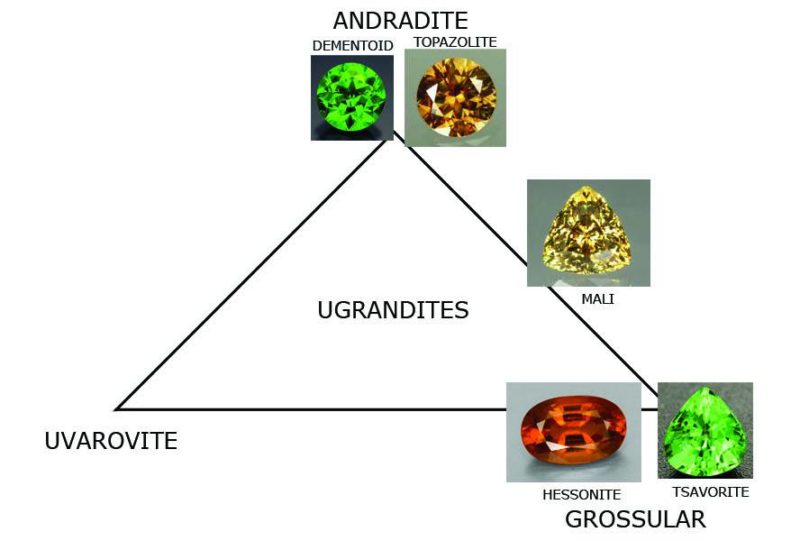No products in the cart.
Technical
Why Are Garnets Magnetic?
Garnets are colorful and beautiful gemstones but did you know that some of them can be magnetic? It is the only common transparent gemstone that exhibits a Pick–Up response to an N52 magnet. Why so? Why are Garnets magnetic? Let’s find out.
Garnets are more magnetic than any other transparent gemstones due to the fact that they contain higher amounts of concentrations of paramagnetic iron and / or manganese. However, different types of Garnets that differ in their chemical compositions may also differ in their magnetic susceptibility. Take for example the Spessartine Garnet which is the most magnetic while the Tsavorite Garnet is one of the least magnetic.
Garnet Varieties
Distinguishing Garnets by way of its chemical composition is often a complex procedure. The monetary considerations is important as well as the gemstones need to be destroyed in order to fully identify its chemical composition. In addition to that, its chemical composition cannot be determined by an average student or even a gemologist. Normally, Garnet variety identification can be performed through refractive index, color, or absorption spectra. But, if you have a Hoover magnetic susceptibility balance, you would be able to identify a Garnet variety more easily.
The use of a Hoover balance, a refractometer, and the Hoover diagram, a Garnet can be easily identified through an accurate estimation of its species, chemical composition and variety. This is due to the fact that through this process, it can identify the gem’s two or three major species and components.
The classification of Garnet species, by way of its magnetic susceptibility, is as follows:
- Ugrandite. Ugrandite is derived from the Uvarovite – Grossular – Andradite solid solution series. Its highest Magnetic Susceptibility is the Andradite which has about 26 SI. They are usually identified through a green color due to the presence of Chromium and sometimes with Vanadium content.
- Pyralspite. Pyralspite is derived from the Pyrope – Almandine – Spessartine solution series. This is the series that is composed of the highest Magnetic Susceptibility which is the Spessartine. It has about 46 SI and has the highest Magnetic Susceptibility among all the Garnet Species. This series can be identified through its color red, by way of the strong content of Ferrous Iron. Additionally, Chromium can also be regarded as the contributor for its red color.
To learn more visit our blog about the different Garnet varieties.
Other ways of identifying the Garnet species
In the absence of a Hoover balance, the identification of a Garnet species can still be performed through obtaining its specific gravity and its refractive index. By determining the specific gravity of the gem in trying to learn its species, one can determine its density. The amount of density is proportional to the amount of concentration of metal coloring agents that is composed of its gem’s structure. This in turn directly translates to its amount of magnetic susceptibility.
On the other hand, using the refractive index in determining the gem’s magnetic properties is also a viable option. The gem’s density increases as the refractory index also increases. By way of the Hoover diagram, one can be able to accurately estimate the refractive index which can be used directly to determine a Garnet species’ magnetic properties.



















